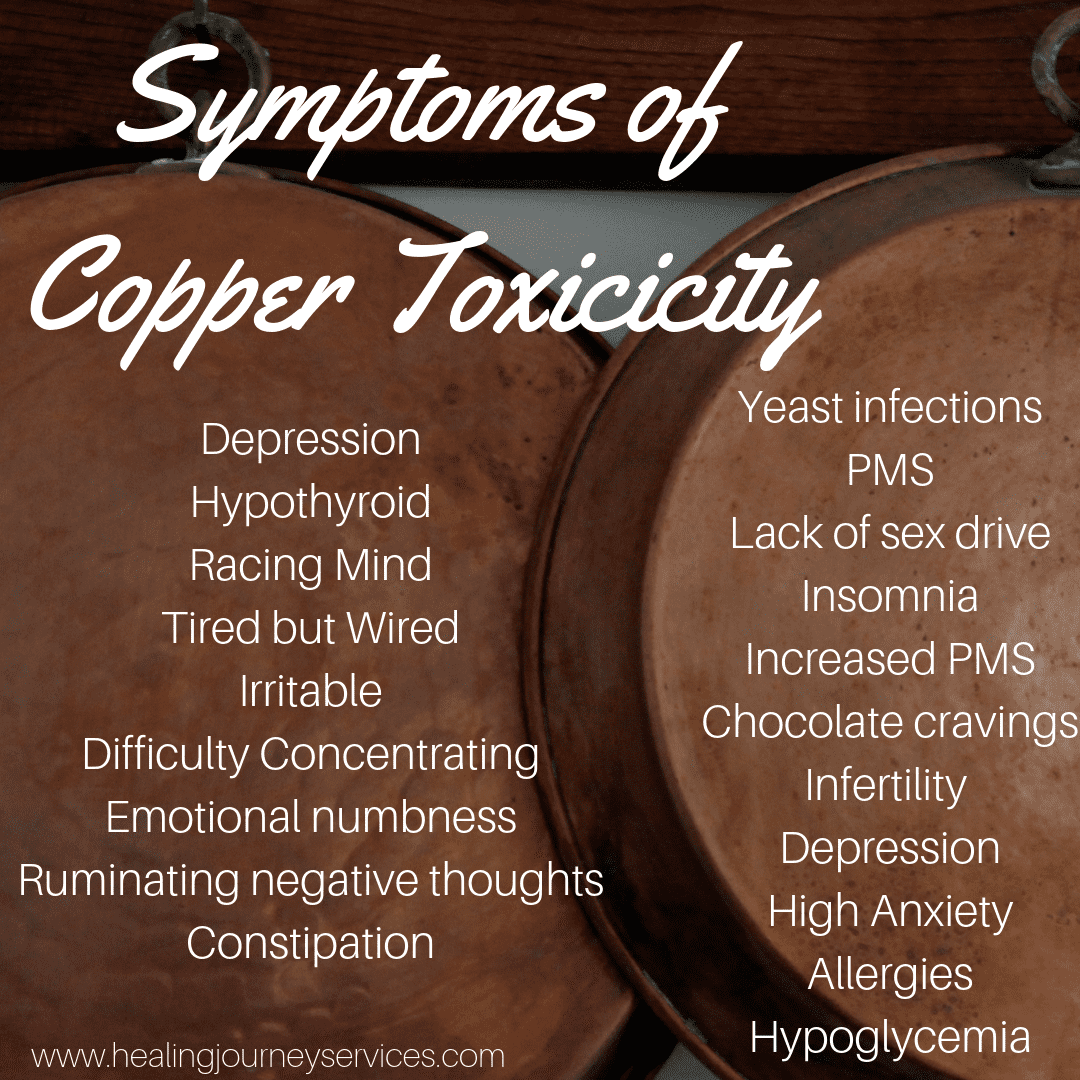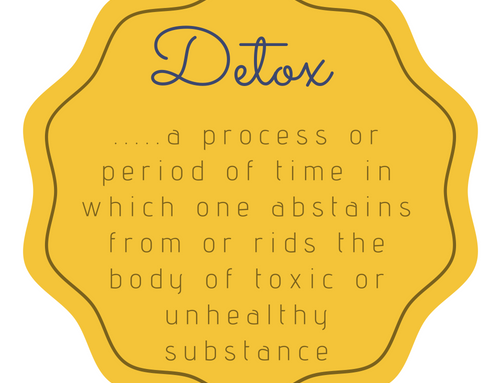Why the HTMA is one of the most important tests
 When I first heard of a hair and mineral analysis, I will admit – I was skeptical. I mean, what exactly was my hair going to tell me anyways? I was much more interested in the trendy tests – like analyzing my poop, and checking out my hormone levels. I also steered clear of it because other functional health practitioners did. And that is why it took me over three years to run this test on myself.
When I first heard of a hair and mineral analysis, I will admit – I was skeptical. I mean, what exactly was my hair going to tell me anyways? I was much more interested in the trendy tests – like analyzing my poop, and checking out my hormone levels. I also steered clear of it because other functional health practitioners did. And that is why it took me over three years to run this test on myself.
It was a colleague that brought it to my attention. ‘You should run a hair analysis’, she kept saying. Finally, I did. And I was so blown away by the results that I dove into learning as much about this test as possible.
First, it is important to understand that a hair , tissue and mineral analysis (HTMA) is different from blood work. Our bodies try to keep our blood as stable as possible. That is why blood tests are not always the best indication of what is going on within the cell.
Testing the hair often provides a much richer understanding of the patterns that exist within the body because body will often expel excess minerals or metals into the hair. This also includes minerals that have been pulled directly from your cells. There are certain patterns, with potassium for example, where high levels found in the hair actually indicates low levels at a cellular level. This may be the case even if blood levels for potassium appear normal. In an effort to keep the blood levels stable, the body will often dump any excess into the hair. This is the case if heavy metals, or certain mineral patterns are preventing a certain minerals from being used properly.
Here are the 3 key pieces of information provided by a hair, tissue and mineral analysis.
#1 It will determine whether you are copper toxic
Copper what, you say? Copper toxicity was a term that I had never heard of before I ran my first hair analysis. Copper is a mineral, not a metal. In a healthy individual, copper is balanced in the body against zinc. However, due to a variety of factors, someone can become copper toxic, meaning that the copper level become far higher than it should be.
 The symptoms of copper toxicity are many. In fact, you will likely find at least one symptom in this long list that you relate to. Copper toxicity has been linked to mental health concerns including ADHD, depression, bipolar disorder, mood swings, anxiety, a racing mind and panic attacks. It has also been linked to PMS, feeling of numbness, withdrawal brain fog, memory issues, fatigue, thyroid dysfunction, hair loss, difficulty sleeping, low immunity, yeast infections, infertility, aches and pains and hypoglycemia.
The symptoms of copper toxicity are many. In fact, you will likely find at least one symptom in this long list that you relate to. Copper toxicity has been linked to mental health concerns including ADHD, depression, bipolar disorder, mood swings, anxiety, a racing mind and panic attacks. It has also been linked to PMS, feeling of numbness, withdrawal brain fog, memory issues, fatigue, thyroid dysfunction, hair loss, difficulty sleeping, low immunity, yeast infections, infertility, aches and pains and hypoglycemia.
The truth is, many individuals especially women, are copper toxic today. In the 1960’s the rates of copper toxicity found in hair and mineral analysis was about 50%. Nowadays, about 70-80% of hair and mineral analyses come back with copper-toxic patterns. That’s a lot of copper toxicity. We are essentially becoming a copper-toxic society.
The problem with copper toxicity is that once you have it, your body needs help to address it. Because excess copper is stored in cells in the liver and brain, your body never really gets rid of the excess copper, unless it has help from supplements. As a result, your symptoms -whether it be mental health, brain-based or PMS related, will never go away.
This is why testing for and addressing copper toxicity is so important.
#2 You can screen for heavy metal exposure, like lead and mercury.
Everyone has some degree of heavy metals in their body. (Gasp!) It’s true. There is no way that you can live in a society that imports/exports 250 lbs of chemicals per person per day and not have metals in your body. The question then becomes, how good is your body at detoxing metals and how much metal do you have?
Although an HTMA is not the gold standard for heavy metal testing, it does provide valuable information about the amount of metals like mercury that your body is disposing of. If you find high levels of mercury deposited in your hair, it is likely that there is an even greater amount hiding in your cells. The HTMA acts a screener in this regard.
And metals like mercury can cause a whole host of issues. Mercury is a neurotoxin and has been associated with a variety of health consequences including muscle weakness, loss of coordination and tingling in hands, feet and mouth. It has also been correlated with type 2 diabetes, heart disease, stroke, and hypertension.
Knowing what’s hiding out in your body is the first step to getting rid of it.
#3 You can determine whether you are dehydrated at a cellular level.
That’s right. Just because you drink water, does NOT mean it is getting into your cells. In  fact, 99% of women and 90% of men are potassium deficient. If there are heavy metals blocking your sodium/potassium transporter, you have been under chronic levels of high stress, or you are dumping copper, you may have a mineral pattern that actually pulls the potassium, and magnesium from your cells and dumps it in your hair? The result? Fatigue. Exhaustion and dehydration.
fact, 99% of women and 90% of men are potassium deficient. If there are heavy metals blocking your sodium/potassium transporter, you have been under chronic levels of high stress, or you are dumping copper, you may have a mineral pattern that actually pulls the potassium, and magnesium from your cells and dumps it in your hair? The result? Fatigue. Exhaustion and dehydration.
Other signs of potassium deficiency includes muscle cramping, digestive issues, heart palpitations, achy muscles, moodiness and tingling.
Understanding your mineral pattern in terms of sodium and potassium paves the way to understanding the best ways to rehydrate your entire body.
A note on testing:
The type of hair analysis that you do is also important. Many of the labs will wash the hair before testing. This will then impact that results, including the sodium and potassium levels.
Having a practitioner who knows how to interpret a hair and mineral analysis is equally important. Many practitioners simply look at one mineral and don’t understand the pattern of minerals. It is important to use labs that look at mineral ratios, and to work with a practitioner who understands mineral patterns.
Interested in running your own hair and mineral analysis? Book a free consultation call for more information.






